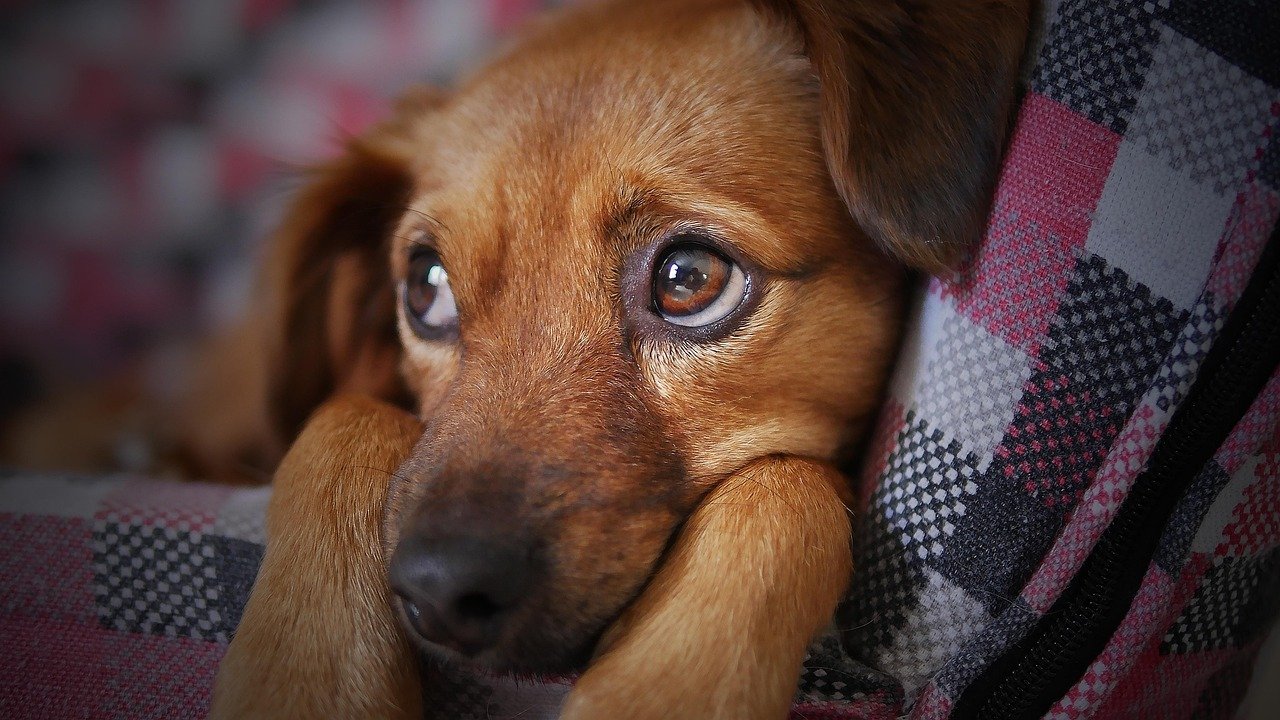Imagine coming home to find your dog spinning in circles, barking at nothing, or chewing on your favorite shoes for the third time this week. You might think dogs are just quirky, but the truth is, many things humans do—often with the best intentions—can absolutely drive our furry friends up the wall. Dog lovers everywhere are sometimes shocked to learn that what seems normal or even fun for us can be downright maddening for our loyal companions. Let’s pull back the curtain on the surprising things that make dogs tick, twitch, or just plain lose their cool.
Loud Noises and Sudden Sounds
Dogs have super-sensitive ears, and what’s just a passing car or a slamming door to us can feel like a thunderclap to them. Fireworks, thunderstorms, vacuum cleaners—these aren’t just annoyances; they can send dogs into a full-blown panic. Many pups cower under beds or tremble in corners when they hear loud sounds, and it’s heartbreaking to watch. Imagine if every time your phone rang, it sounded like a fire alarm! That’s their world sometimes. Even cheerful things, like a birthday party with lots of laughter and music, might overload your dog’s senses. Next time you crank up the stereo, spare a thought for your four-legged friend who might just want some peace and quiet.
Hugs, Squeezes, and Tight Cuddles
It’s so tempting to wrap your arms around your dog and squeeze, especially when they’re being especially cute. But here’s the shocker: most dogs actually dislike hugs. In dog language, wrapping limbs around another’s body can feel threatening, not loving. While some pups tolerate it or even seem to enjoy it, many stiffen up or try to squirm away when hugged. It’s a classic case of mixed signals. So, if your dog turns into a furry statue when you hug them, they might just be wishing you’d show your love with a belly rub instead.
Strong or Strange Smells
Dogs’ noses are legendary—up to 100,000 times more sensitive than ours! While we might barely notice the scent of cleaning products, perfumes, or scented candles, these can be overpowering or even distressing for dogs. Imagine walking into a room doused in sharp cologne or bleach; it might make your eyes water, but for your pup, it can be unbearable. Even things we find delicious, like citrus or vinegar, can drive dogs to leave the room in a hurry. Keeping things scent-neutral is often the kindest thing you can do for your pup’s nose.
Dressing Them Up in Clothes
It’s hard to resist a dog in a sweater or a Halloween costume. Social media loves it, but real dogs? Not so much. Many dogs feel restricted, stressed, or just plain silly when forced into clothes. Their fur is their natural coat, and extra layers can make them hot or uncomfortable. While some breeds need jackets for warmth, most dogs would rather skip the fashion show. Next time you’re tempted by that tiny tuxedo, check your dog’s body language. If they’re frozen in place or pawing at the outfit, they’re probably silently begging for freedom.
Staring Directly Into Their Eyes
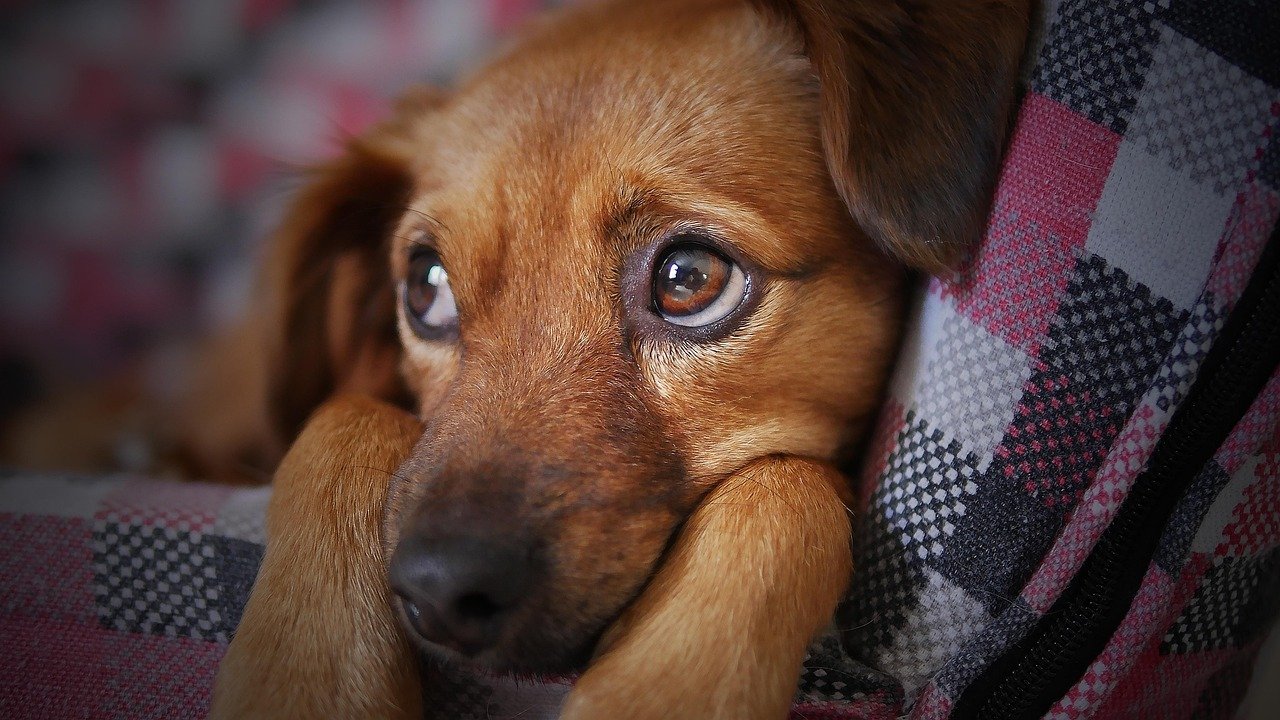
Gazing lovingly into your dog’s eyes might seem like the ultimate bonding moment, but to many pups, prolonged eye contact feels like a challenge or even a threat. In dog culture, staring is often a way to assert dominance or start a confrontation. If your dog glances away or licks their lips when you lock eyes, they’re probably feeling uncomfortable. Instead, try soft, sideways looks and plenty of blinks, which feel much friendlier in dog language.
Not Enough Exercise or Mental Stimulation
A bored dog is a recipe for disaster—and for chewed shoes, shredded pillows, and endless barking. Dogs are built to move, sniff, and explore. When they don’t get enough physical and mental exercise, they can go a little stir-crazy. Think of a child cooped up inside during a rainy weekend—energy has to go somewhere! Puzzle toys, training games, and regular walks are more than just fun; they’re essential for your dog’s happiness and sanity.
Interrupting Their Sleep
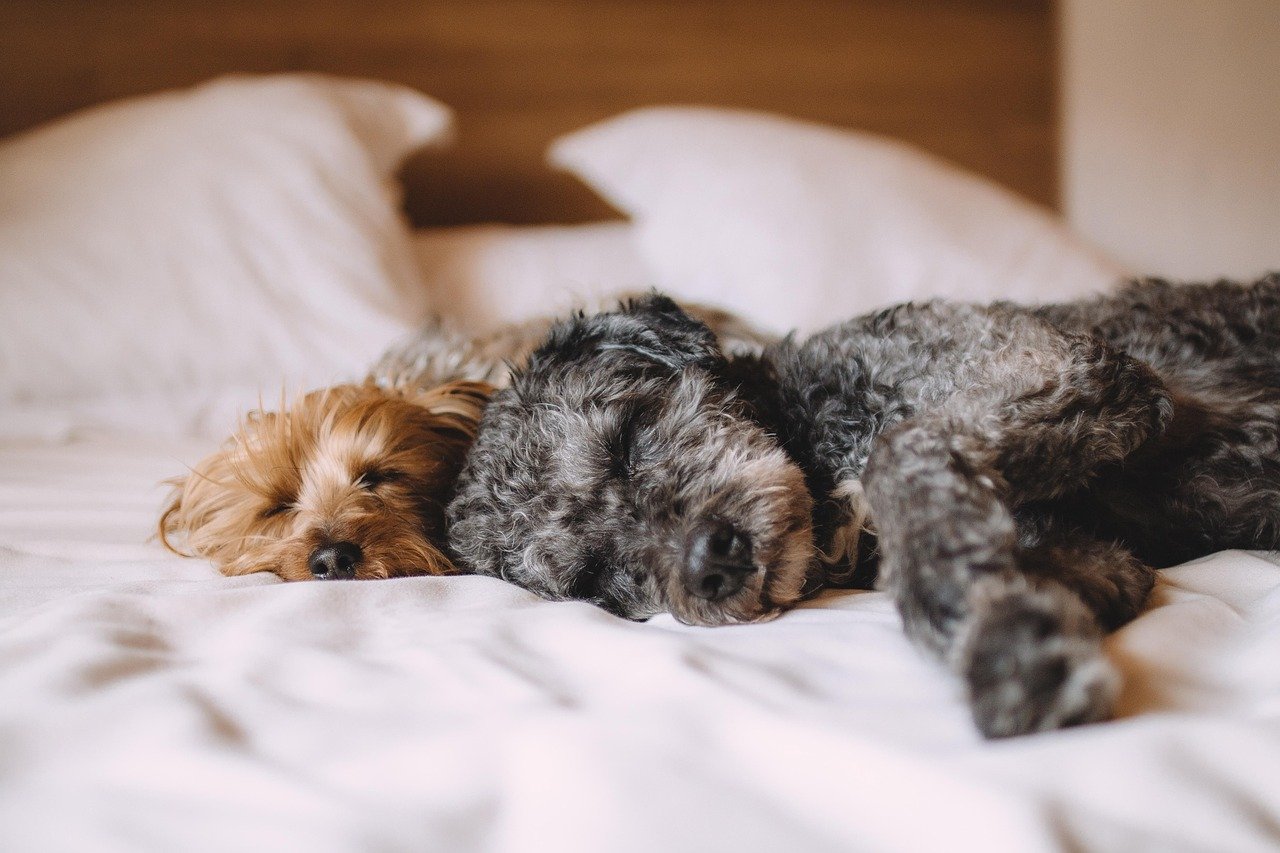
Dogs sleep a lot—sometimes up to 16 hours a day. Waking them suddenly or disturbing their naps can leave them cranky or disoriented, just like it would for you. Especially for puppies or senior dogs, sleep is vital for health and mood. Imagine someone yanking the covers off you at 3 a.m.—not exactly pleasant! Respecting your dog’s need for rest can go a long way toward keeping them happy.
Being Left Alone for Too Long
Dogs are pack animals; they crave companionship. Long hours alone can make them anxious, bored, or even depressed. Some dogs develop separation anxiety, leading to destructive behavior or constant barking. For them, being left alone isn’t just boring—it’s genuinely distressing. If you work long hours, consider a dog walker, or even doggy daycare. Your dog will thank you with tail wags and happy bounces.
Unpredictable or Rough Handling

Some people think rough play or sudden grabs are fun, but for many dogs, it’s confusing or scary. Tugging tails, patting too hard, or being picked up unexpectedly can make dogs anxious or even defensive. Dogs thrive on gentle, predictable interactions. Imagine if someone snuck up and pinched you out of nowhere—you’d be on edge too! Always handle your dog with care and respect their boundaries.
Ignoring Their Body Language
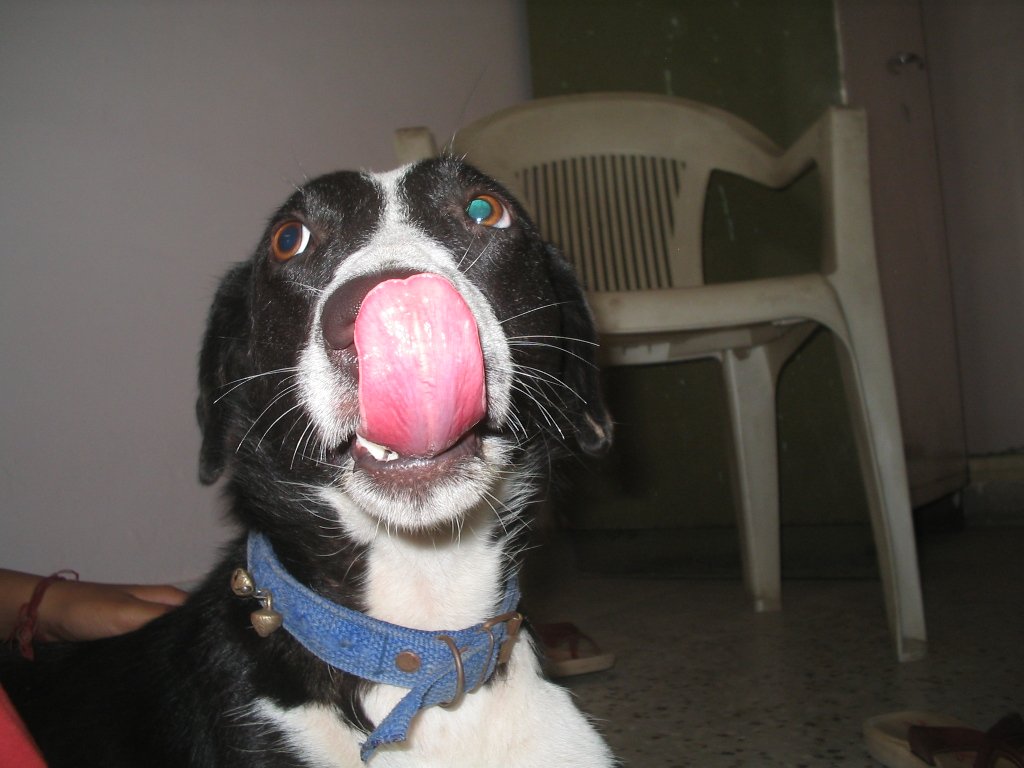
Dogs are talking to us all the time—with their tails, ears, eyes, and posture. Ignoring their signals can drive them crazy. Signs of stress, like yawning, lip licking, or turning away, are often missed by humans. When we don’t listen, dogs might feel trapped or misunderstood. Learning to read your dog’s cues can make a world of difference. It’s like finally understanding a friend who’s been speaking a different language all along.
Inconsistent Rules and Training
Imagine living in a world where the rules change every day. One day, jumping on the couch is fine; the next, it’s a crime. Dogs crave consistency and routine. When the rules aren’t clear, they get confused and frustrated. This can lead to problem behaviors and strained relationships. Setting clear, simple boundaries—and sticking to them—makes life easier for both you and your dog.
Too Many Baths or Grooming Sessions
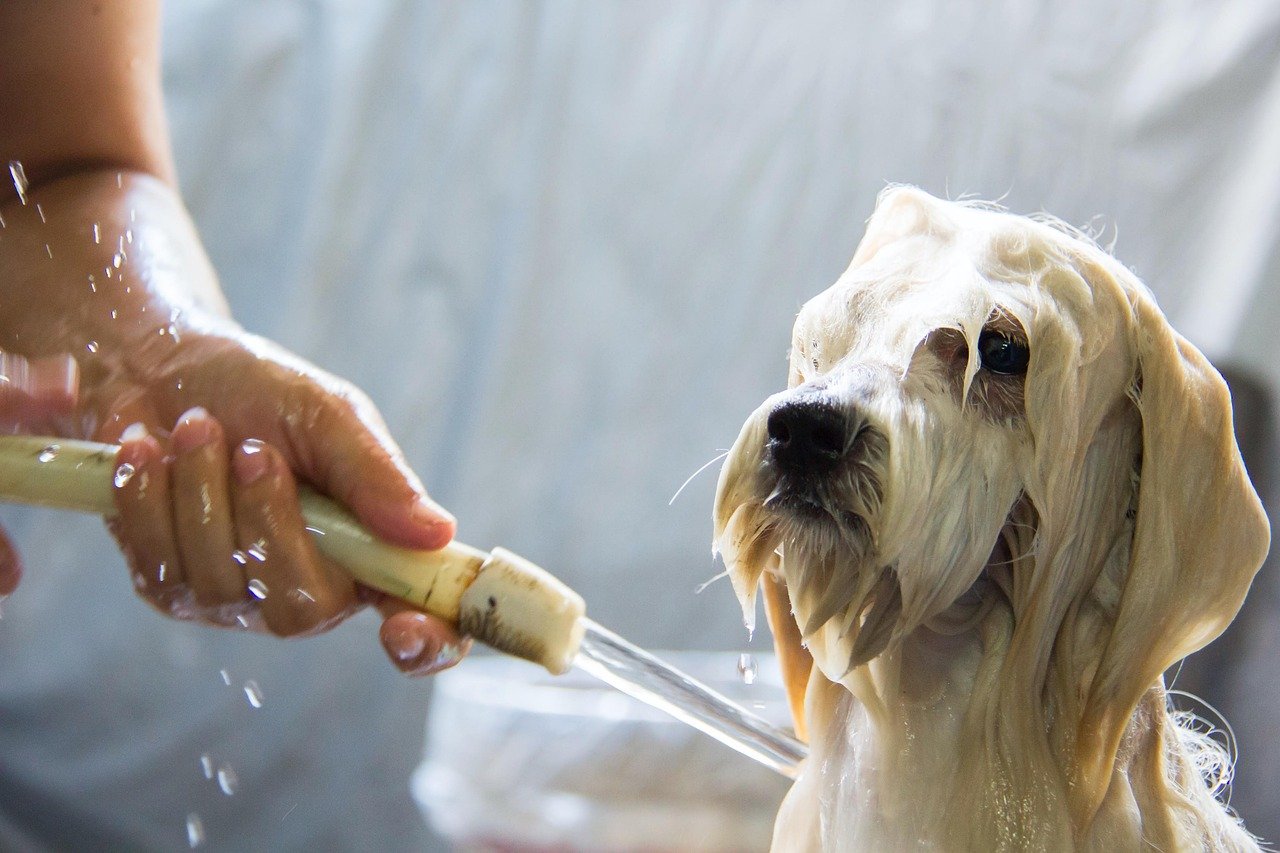
While some dogs enjoy a good scrub, many dread bath time. The water, the slippery tub, the unfamiliar smells—all can be overwhelming. Over-grooming can also strip natural oils from their skin, leaving them itchy or uncomfortable. Grooming is important, but too much of a good thing can be stressful. For most dogs, less is more when it comes to baths.
Not Enough Socialization
Dogs need to meet new people, animals, and environments to stay happy and well-adjusted. When they’re isolated or kept away from new experiences, they can become fearful or reactive. Socialization isn’t just about dog parks; it’s about positive exposure to the world. Imagine never leaving your house for years—life would feel pretty small. Regular, gentle introductions to new things help your dog feel confident and curious.
Teasing or Withholding Food
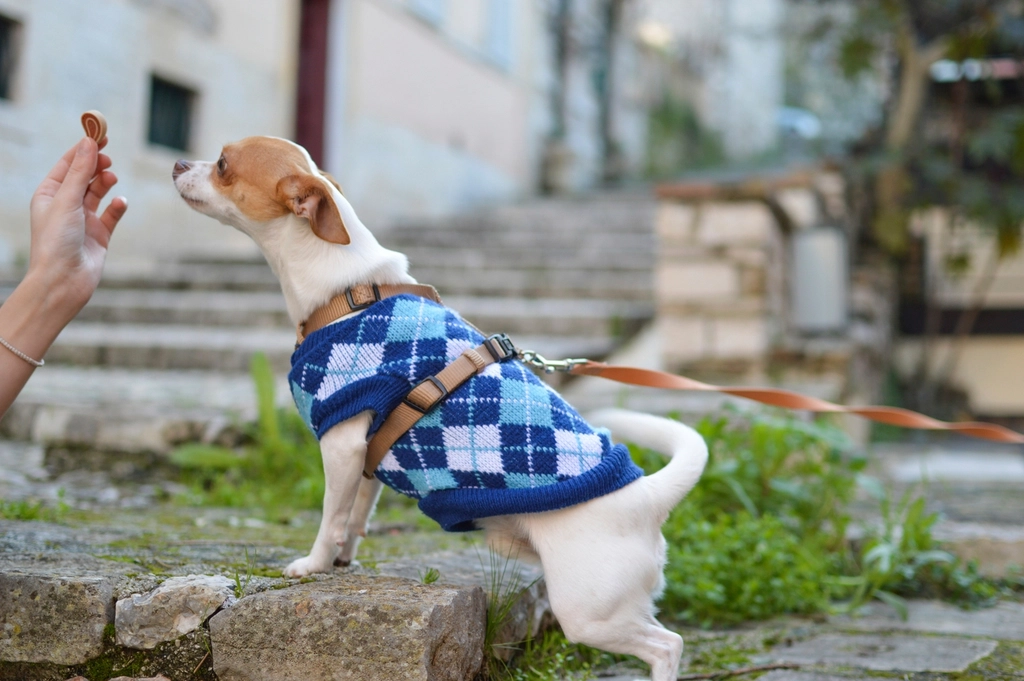
Teasing dogs with treats, pretending to throw a ball, or holding food just out of reach might seem funny, but for dogs, it’s frustrating and unfair. Food is a big deal in a dog’s world. Withholding it or using it as a trick can erode trust. Imagine if someone dangled your favorite dessert in front of you, only to snatch it away at the last second—you’d be annoyed, too! Treat your dog with kindness and honesty, especially when it comes to their meals.
Sudden Changes in Routine
Dogs thrive on predictability. A sudden shift in their daily schedule—like a new feeding time, a different walking route, or a change in who’s home—can throw them off balance. These changes might seem minor to us, but to your dog, they can be deeply unsettling. Just like people who feel lost when their morning coffee routine is interrupted, dogs need time to adjust to new routines. A little patience and extra reassurance can help them settle in.

Esther is from India; the heartbeat of South Asia, holding a Master’s degree in Zoology and a postgraduate diploma in Animal Welfare. Her enthusiasm for animal welfare drives her passion and dedication to working for animals, ensuring their well-being, and advocating for their rights. With a solid academic background and hands-on experience, she is committed to making a positive impact in the field of animal welfare. In her free time, she enjoys embroidery and sewing. As a Chennaite from Tamil Nadu, Esther loves Bharathanatyam, an Indian classical dance form.

